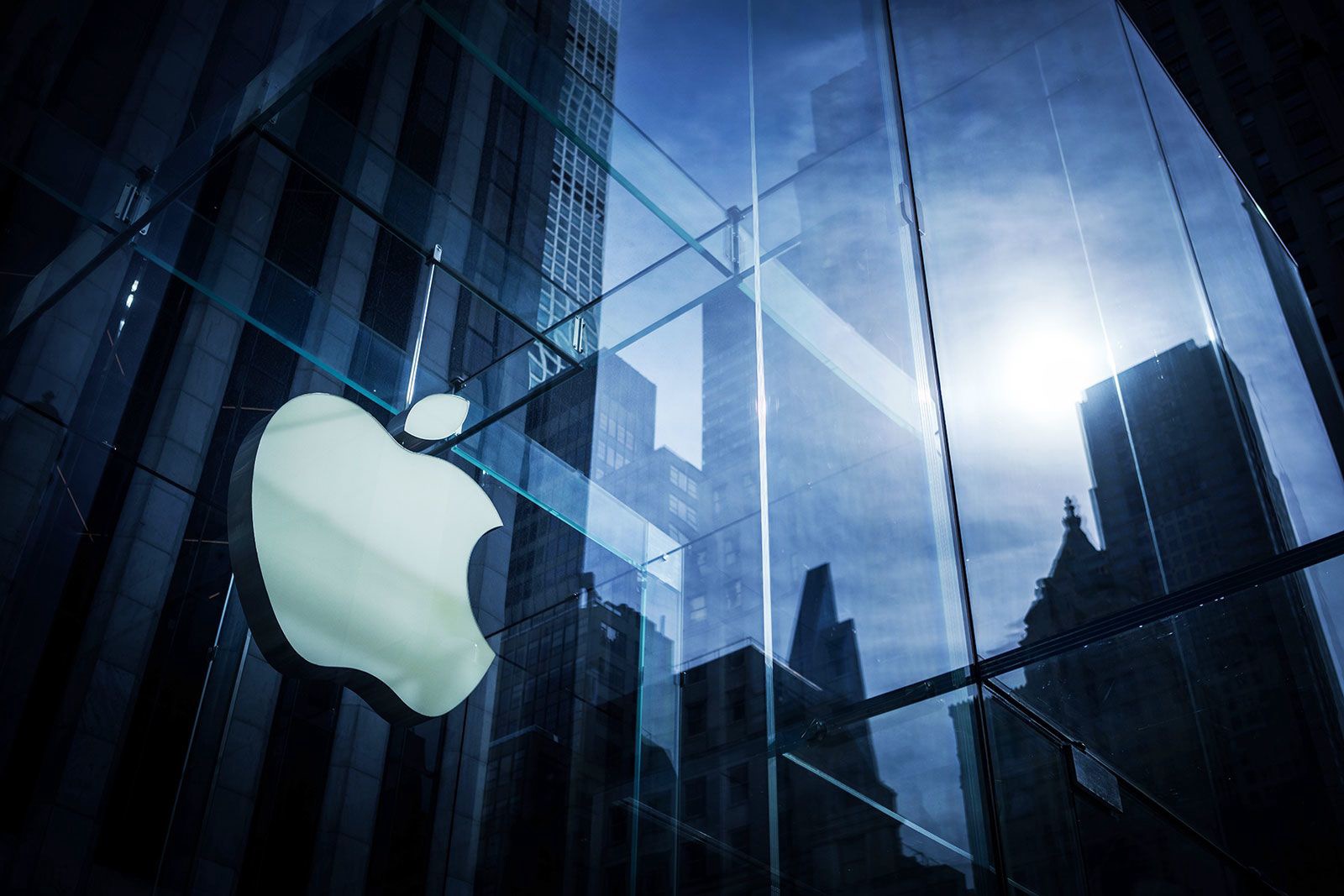In a significant shift in messaging, OpenAI has acknowledged that hallucinations generated by large language models (LLMs) like ChatGPT are not simply the result of software bugs or data gaps, but are fundamentally tied to the mathematical nature of how these systems operate.
The company, which has led the development of some of the most widely used generative AI tools in the world, now says hallucinations — the generation of false or misleading information — are an unavoidable aspect of language models based on predictive text generation. This admission marks a turning point in the public understanding of how AI tools function and what their limitations truly are.
From Engineering Bug to Design Limitation
Until now, many users and developers had assumed that hallucinations were primarily engineering oversights — mistakes that could eventually be eliminated with better training data, algorithmic tweaks, or more powerful models. However, OpenAI now states that hallucinations are not simply flaws that can be fixed. Instead, they are an inherent byproduct of how language models are designed.
At the core of large language models is the process of probabilistic text generation. These systems do not “know” facts in a human sense. Rather, they are trained to predict the most likely next word or phrase based on patterns observed in vast datasets. While this allows for highly fluid and contextually appropriate responses, it also means the models are not inherently grounded in truth or reality.

This predictive mechanism leads to scenarios where a model may confidently generate incorrect answers, cite nonexistent sources, or fabricate details that sound plausible but are entirely false — especially when prompted with incomplete, ambiguous, or obscure information.
Why Hallucinations Persist
OpenAI now contends that even as models grow in size and sophistication, the hallucination problem is unlikely to disappear entirely. Despite improvements in architecture, training techniques, and data curation, the underlying mechanism remains the same: a language model generates output by estimating what “looks right,” not what is definitively true.
The phenomenon becomes particularly pronounced when models are asked to respond authoritatively on topics where they lack strong training examples. In such cases, the model attempts to generate content that appears coherent and credible — even if the facts don’t align. This has raised concerns, particularly when AI is used in fields like healthcare, law, finance, or education, where misinformation can have real-world consequences.
Even in less critical use cases, hallucinations can erode trust in AI systems, as users expect a level of accuracy that these models, by design, cannot guarantee.
A Turning Point in Transparency
OpenAI’s public acknowledgment of the mathematical inevitability of hallucinations is seen as an important step toward transparency. Rather than continuing to frame the issue as a temporary glitch or artifact of immature technology, the company is now working to shift public expectations around what generative AI can — and cannot — do reliably.
The company emphasizes that while hallucinations can be reduced through various techniques, they are unlikely to ever be completely eliminated. This shift in tone aims to encourage users to treat AI-generated content as suggestive or creative rather than definitive or authoritative.
This change also reframes the role of users. Rather than relying on AI models as infallible sources of truth, individuals and organizations are being encouraged to verify outputs independently and incorporate human oversight into AI-integrated workflows.
Mitigation, Not Elimination
OpenAI is reportedly focusing future development on systems that can better signal uncertainty, provide citations, or limit responses to well-grounded content. Newer models are expected to include features that allow users to trace generated answers back to verifiable sources or external data.
However, the company warns that even these safeguards have limits. Models may still misinterpret or misrepresent source material. In some cases, no definitive source exists, and the model will still produce an answer — potentially misleading users into assuming a level of confidence or accuracy that isn’t warranted.
Approaches such as retrieval-augmented generation, which integrates external knowledge bases, show promise but also introduce new challenges. The integration of third-party data layers can improve factual grounding, but it also requires new engineering to ensure consistency, interpretability, and real-time performance.
The Broader Implications
OpenAI’s admission may also influence the wider tech industry and regulatory landscape. As more companies adopt generative AI across sectors, there is increasing pressure to ensure that these tools are not just powerful, but also trustworthy. Recognizing hallucinations as a systemic feature of the technology — rather than a solvable problem — could change how these tools are marketed, deployed, and governed.
This also raises ethical and educational questions. How should users be informed about the limitations of AI systems? What level of responsibility should fall on developers versus end users? Should AI-generated content be labeled or flagged when factual certainty is low?

These are questions that OpenAI and other companies will now face more directly, as they confront the trade-offs inherent in language generation technology.
Looking Ahead
As the capabilities of generative AI continue to expand, so too will the expectations placed upon it. OpenAI’s acknowledgment that hallucinations are a built-in feature of the technology, rather than a bug to be squashed, marks a maturing in how the industry communicates about its products.
Rather than aiming for perfection, the company says its focus will now shift toward responsible design, user education, and transparency — with the goal of helping users understand both the immense power and the unavoidable imperfections of AI.
In the end, OpenAI’s message is clear: hallucinations are not a glitch in the matrix — they are a feature of the math. And learning to live with them may be the next step in humanity’s complex relationship with artificial intelligence.












